(Please let the pics open. Might take some time on a slower connection.
If you can't see the pictures, right click the small Red-Cross and choose Show Picture to view it.)
1. Gumprecht's Green Pit Viper
This striking bright green snake, commonly known as Gumprecht's green pit viper, is found in the Southeast Asian region of Greater Mekong.
The serpent, which has the formal name Trimeresurus gumprechti, was first described by scientists in 2002, although he doesn't look like he appreciates having been discovered.
In 2002, the snakefish (or Channidae) was described as "something from a bad horror movie" by US Interior Secretary Gale Norton. Some describe snakefish as having "a voracious appetite, often consuming all other fish in a lake or pond and even eating its young. It can slither across land, staying out of water for up to three days, to find new sources of food." Norton also warns that once on land "snakeheads can eat almost any small animal in its path…. They have even attacked people in China who got too close to snakeheads' egg nesting areas." According to Wikipedia, snakefish can be up to over a metre in length and over 6 kilograms in weight. Most snakefish are 2-3 feet long. They're also fast reproducers with no natural enemies outside of their native environments. Within their native environments, small snakefish are preyed upon by bigger fish, while full-grown snakefish are consumed by crocodiles and alligators. Because of their ability to move into new habitats and wipe out local ecosystems (and to then hop out of the water and mosey on over to another body of water and repeat the process) snakefish have been prohibited in 13 American states and other countries (e.g., Australia).
This Predator look-alike is a Giant Isopod (Bathynomus giganteus), a carnivorous crustacean that spends its time scavenging the deep ocean floor, up to 6,000ft down on the seabed where there is no light. In the pitch black and cold, they survive by feasting on dead and decaying fish and other marine animals.
Considered by locals as a harbinger of misfortune, the Aye-aye is one of the world's most rare and bizarre looking primates. To the Malagasy people, the aye-aye is magical, and believed to bring death to the village it appears in; therefore they're often killed on sight. The aye-aye is the world's largest nocturnal primate with an average head and body length of 16 inches (40 centimeters), a long bushy tail of 2 feet (61 centimeters) long, and weighs about 4 pounds (2 kilos). The Aye-aye has large beady eyes, black hair, and large spoon-shaped ears. It has 5-fingered hands with flat nails, with a middle finger up to 3 times the length of the others.
One of the most intriguing stars in the universe is right here on Earth: the eleven pairs of pink fleshy appendages ringing the snout of the star-nosed mole (Condylura cristata). From its appearance and location, one would think this star might be a supersensitive olfactory organ, helping the nearly blind mole negotiate its subterranean environment, or an extra hand for grasping prey or manipulating objects. Some researchers have hypothesized that the star detects electric fields, thus acting as a kind of antenna. But in reality, the star is an extraordinary touch organ with more than 25,000 minute sensory receptors, called Eimer's organs, with which this hamster-sized mole feels its way around.
The frilled lizard (Chlamydosaurus kingi) is a yellowish-brown australian lizard has got a large frill of skin to the sides of the neck and throat. It is about 90 cm/35 in long, and when is angry or alarmed, it erects its frill, which may be as much as 25cm/10 in in diameter, thus giving itself the appearance of being larger than it really is. Frilled lizards are generally tree-living but may spend some time on the ground, where they run with their forelimbs in the air.
The Giant leaf-tailed gecko (Uroplatus fimbriatus) is endemic to Madagascar and the islands Nosy Bohara and Nosy Mangabe. These geckos live in tropical rain forests and reach a total length of 330 mm. A large nocturnal gecko, by day it plasters it self to a small tree trunk and rests head down. If disturbed it will raise it tail and head, open its mouth and scream... and call his mom.
Another of the species found in one of the world's last scientifically unexplored regions, Asia's Greater Mekong, the Kerivoula Kachinensis is one of the most disturbing bats ever found.
The Desert Mole Rat (Heterocephalus glaber) is a burrowing rodent native to parts of East Africa notable for its eusocial lifestyle, nearly unique among mammals, and for a highly unusual set of physical traits that enables it to thrive in a harsh, underground environment, including a lack of pain sensation in its skin, and a nearly cold-blooded metabolism. Plus, it is horrible.
Click here to view Funny & Strange Pics
~~~~~~~~~~~~~~~~~~~~~~~~~~~~~~~~~~~~~~~~~
Want More Such Mails for FREE?
Click here to Join Fropki in just 3 Clicks
~~~~~~~~~~~~~~~~~~~~~~~~~~~~~~~~~~~~~~~~~
Click here to view Funny & Strange Pics
~~~~~~~~~~~~~~~~~~~~~~~~~~~~~~~~~~~~~~~~~
Want More Such Mails for FREE?
Click here to Join Fropki in just 3 Clicks
~~~~~~~~~~~~~~~~~~~~~~~~~~~~~~~~~~~~~~~~~
Today's Most Visited Topics on the Site:
- Nikki Leigh - Bikini Photoshoot in Santa Monica (Pics)
- Roxanne Pallett - Outdoor Gym Workout - Essex (Pics)
- Veena Malik Spicy Pics in Item Song (Pics)
- Amisha Patel Hot Photoshoot (Pics)
- Bigg Boss 6 starlet a lesbian? (Video)
- Interview with Chris Gayle's son (Joke)
- There is no royal road to learning (Story)
- Google Glass Video Shows How It Works (Video)
- Women who flirt get better deal (Tips)
~~~~~~~~~~~~~~~~~~~~~~~~~~~~~~~~~~~~~~~~~~~~
__._,_.___
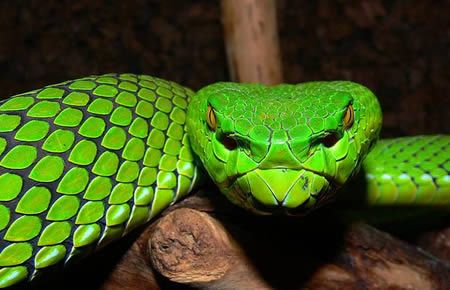
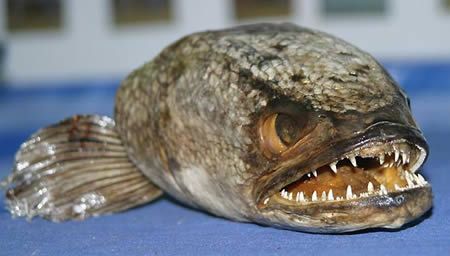
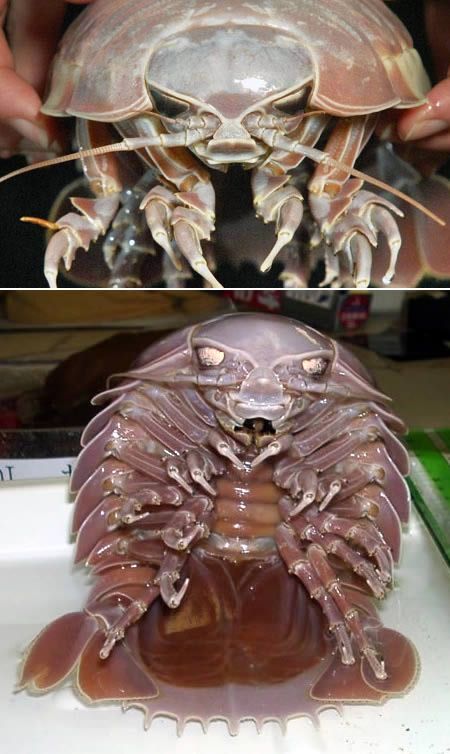
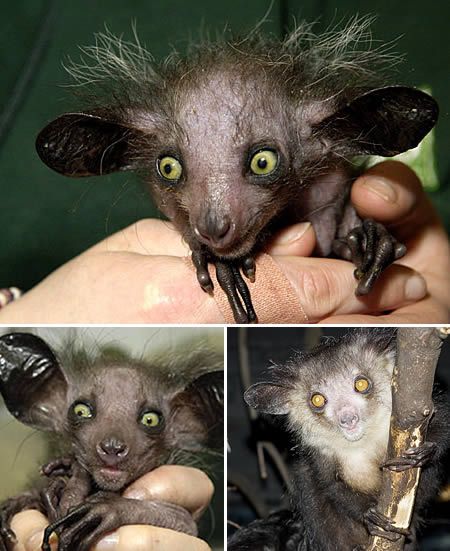
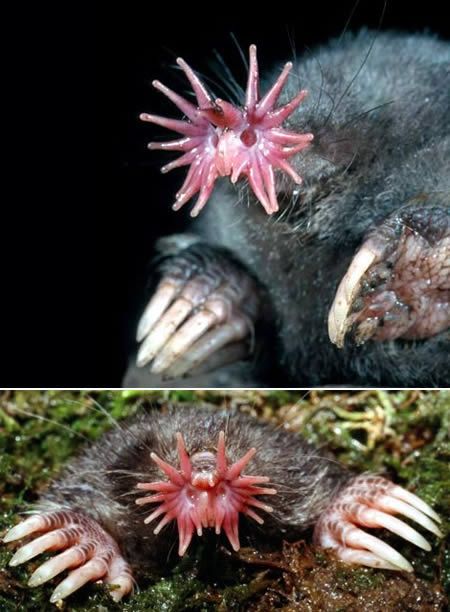
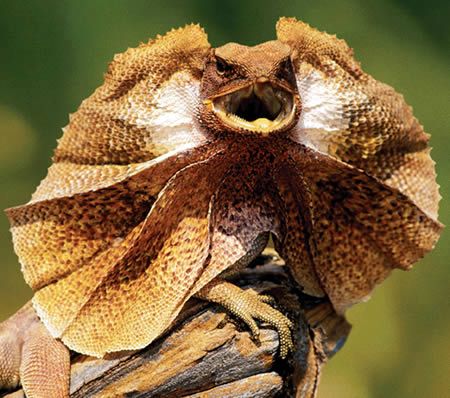
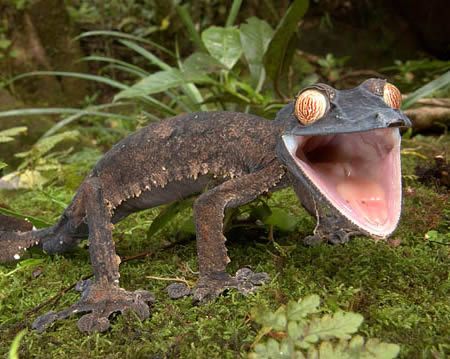
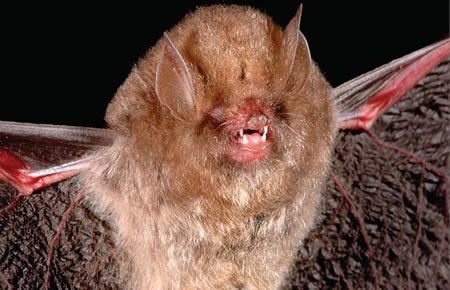
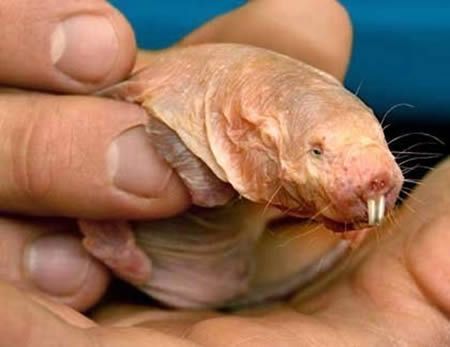











0 comments:
Post a Comment